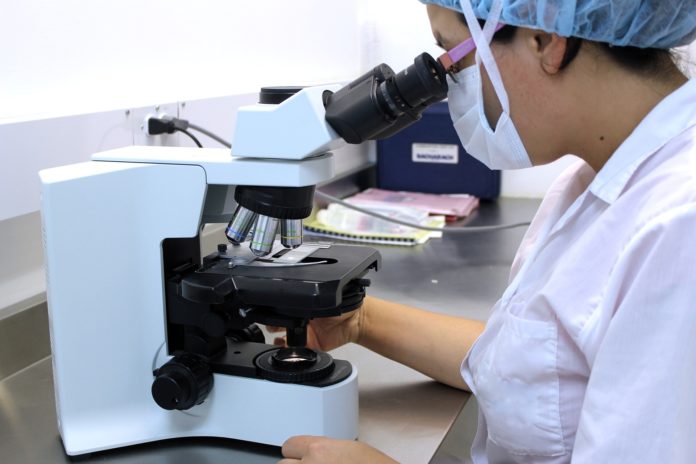
Injecting minute amounts of two immune-stimulating agents directly into solid tumors in mice can eliminate all traces of cancer in the animals, including distant, untreated metastases, according to a study by researchers at the Stanford University School of Medicine.
The approach works for many different types of cancers, including those that arise spontaneously, the study found.
The researchers believe the local application of very small amounts of the agents could serve as a rapid and relatively inexpensive cancer therapy that is unlikely to cause the adverse side effects often seen with bodywide immune stimulation.
“When we use these two agents together, we see the elimination of tumors all over the body. This approach bypasses the need to identify tumor-specific immune targets and doesn’t require wholesale activation of the immune system or customization of a patient’s immune cell,” said Ronald Levy, professor of oncology.
One agent is currently already approved for use in humans; the other has been tested for human use in several unrelated clinical trials. A clinical trial was launched in January to test the effect of the treatment in patients with lymphoma.
Levy, who holds the Robert K. and Helen K. Summy Professorship in the School of Medicine, is the senior author of the study, published in Science Translational Medicine.
Some immunotherapy approaches rely on stimulating the immune system throughout the body. Others target naturally occurring checkpoints that limit the anti-cancer activity of immune cells. Still others, like the CAR T-cell therapy recently approved to treat some types of leukemia and lymphomas, require a patient’s immune cells to be removed from the body and genetically engineered to attack the tumor cells. Many of these approaches have been successful, but they each have downsides — from difficult-to-handle side effects to high-cost and lengthy preparation or treatment times.
“All of these immunotherapy advances are changing medical practice,” Levy said. “Our approach uses a one-time application of very small amounts of two agents to stimulate the immune cells only within the tumor itself. In the mice, we saw amazing, bodywide effects, including the elimination of tumors all over the animal.”











